Cookie Para Mi
After a long day which started in Lake Titicaca Peru, we arrived into La Paz and soon realised we were a fair distance away from any action. The hotel was previously a family home and had recently been renovated. Although we required Uber’s to go anywhere, the gorgeous family who ran the hotel were worth the travel.
On Joaquin’s recommendation we headed to the famous El Alto flea market the next day. We decided to catch the ‘teleferico’ up to the market and joined the hundreds of locals at the cable car station. Once in the capsule, we could see down into people’s backyards, local parks, cemeteries and people watched from high above. We were cautioned multiple times about pick pocketers, so we were super cautious when we arrived and began to peruse the car parts, second hand clothes, underwear and local food stalls. We eventually found a restaurant that looked mildly hygienic and ate salty slow cooked pork with a side of rehydrated potatoes, eeewwwww. After around two hours of market mayhem, we headed down to the main highway to get a collectivo home. Jumping in we didn’t realise there were fewer seats than people, so I spent most of the ride home on the floor.
The following day we set off to a free walking tour. The traffic there was terrible, so we ended up missing the starting time by around 10 minutes and on arrival the guide had already left. Thankfully the company agreed to have another guide take us. There were Spanish speaking people in the same position as us, so they joined the tours together and our poor bilingual guide had to give the same information twice, Spanish followed by English. What a champ.
The tour travelled around the city to the main church square, parliament buildings, the San Pedro jail and most interestingly the witches market. Our guide informed us that traditionally the people of Bolivia use alternative medicine as their first line of health care and they attend the ‘witches market’ for all their health needs. There were herbs, teas, potions, many things that reminded me of Chinese medicine. This all seemed quite normal to me, it was when we discovered the dead, mummified llama foetuses that things started to get a bit weird. Apparently in Bolivia, when you build a house it is important to honour Pacha Mama for the land she has given and to offer her gifts of thanks. We were told, every house in Bolivia will have buried in its foundation a mummified llama, the most common offering to Pacha Mama. When La Paz began to expand and high-rise buildings were being constructed, the Bolivian people started to believe that the offering of only one small llama foetus was not enough for PM. This instigated the tradition of live human offerings which involved taking an often intoxicated, homeless person from the street and dumping them into the construction site, for concrete to soon be poured. We were told this was happening up until thirty years ago, some say even more recently.
For the first time in our whole trip, we had a day apart and Adam decided to conquer the 'world’s most dangerous road' on a thrilling mountain-biking adventure called the ‘Death Road’! The trip left from La Cumbre, a plain in the Andes sitting at 4700 meters above sea level, about a two-hour drive from La Paz city. The tour travelled initially on the new road (which Adam says was more dangerous than the actual death road) downhill for 64 km, eventually descending 3600 meters. The narrow, winding road carved into the mountainside had views of the snow-capped Andes and Amazonian jungle and went through cloud forest and pot holes! I was somewhat nervous about him going given that the mountain-hugging asphalt road is just wide enough for two-way traffic and there are sheer cliff drops of more than 1,000 meters a short distance away. Alas, he survived!
elspeth.lucas
54 chapters
The city of canyons and pizza
January 20, 2018
|
La Paz, Bolivia
After a long day which started in Lake Titicaca Peru, we arrived into La Paz and soon realised we were a fair distance away from any action. The hotel was previously a family home and had recently been renovated. Although we required Uber’s to go anywhere, the gorgeous family who ran the hotel were worth the travel.
On Joaquin’s recommendation we headed to the famous El Alto flea market the next day. We decided to catch the ‘teleferico’ up to the market and joined the hundreds of locals at the cable car station. Once in the capsule, we could see down into people’s backyards, local parks, cemeteries and people watched from high above. We were cautioned multiple times about pick pocketers, so we were super cautious when we arrived and began to peruse the car parts, second hand clothes, underwear and local food stalls. We eventually found a restaurant that looked mildly hygienic and ate salty slow cooked pork with a side of rehydrated potatoes, eeewwwww. After around two hours of market mayhem, we headed down to the main highway to get a collectivo home. Jumping in we didn’t realise there were fewer seats than people, so I spent most of the ride home on the floor.
The following day we set off to a free walking tour. The traffic there was terrible, so we ended up missing the starting time by around 10 minutes and on arrival the guide had already left. Thankfully the company agreed to have another guide take us. There were Spanish speaking people in the same position as us, so they joined the tours together and our poor bilingual guide had to give the same information twice, Spanish followed by English. What a champ.
The tour travelled around the city to the main church square, parliament buildings, the San Pedro jail and most interestingly the witches market. Our guide informed us that traditionally the people of Bolivia use alternative medicine as their first line of health care and they attend the ‘witches market’ for all their health needs. There were herbs, teas, potions, many things that reminded me of Chinese medicine. This all seemed quite normal to me, it was when we discovered the dead, mummified llama foetuses that things started to get a bit weird. Apparently in Bolivia, when you build a house it is important to honour Pacha Mama for the land she has given and to offer her gifts of thanks. We were told, every house in Bolivia will have buried in its foundation a mummified llama, the most common offering to Pacha Mama. When La Paz began to expand and high-rise buildings were being constructed, the Bolivian people started to believe that the offering of only one small llama foetus was not enough for PM. This instigated the tradition of live human offerings which involved taking an often intoxicated, homeless person from the street and dumping them into the construction site, for concrete to soon be poured. We were told this was happening up until thirty years ago, some say even more recently.
For the first time in our whole trip, we had a day apart and Adam decided to conquer the 'world’s most dangerous road' on a thrilling mountain-biking adventure called the ‘Death Road’! The trip left from La Cumbre, a plain in the Andes sitting at 4700 meters above sea level, about a two-hour drive from La Paz city. The tour travelled initially on the new road (which Adam says was more dangerous than the actual death road) downhill for 64 km, eventually descending 3600 meters. The narrow, winding road carved into the mountainside had views of the snow-capped Andes and Amazonian jungle and went through cloud forest and pot holes! I was somewhat nervous about him going given that the mountain-hugging asphalt road is just wide enough for two-way traffic and there are sheer cliff drops of more than 1,000 meters a short distance away. Alas, he survived!
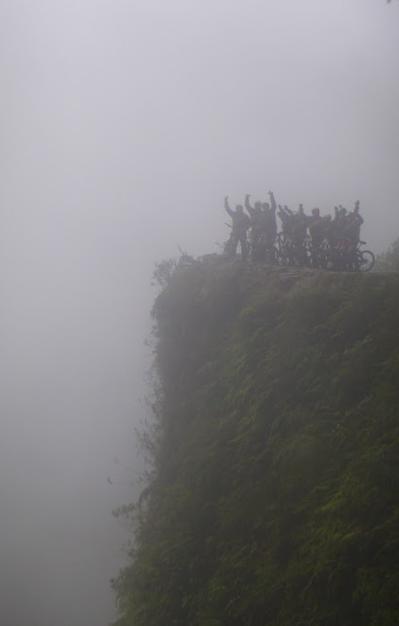
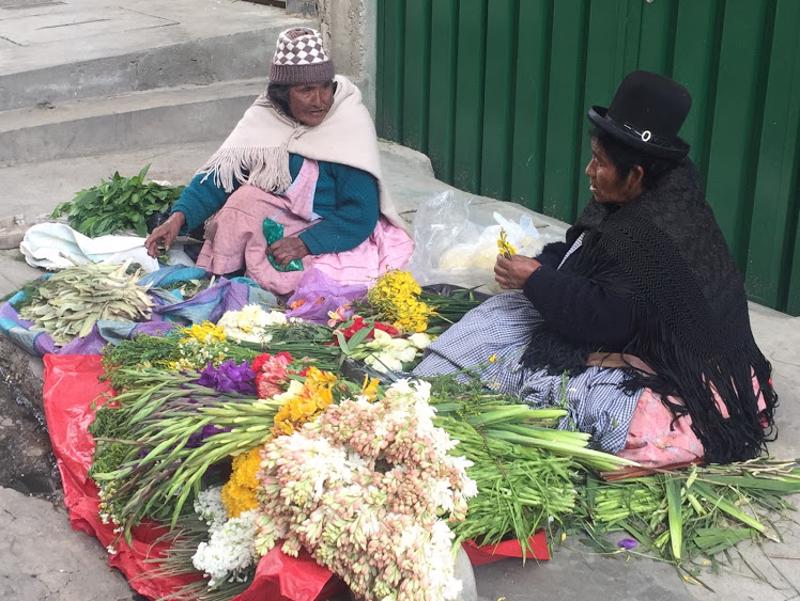
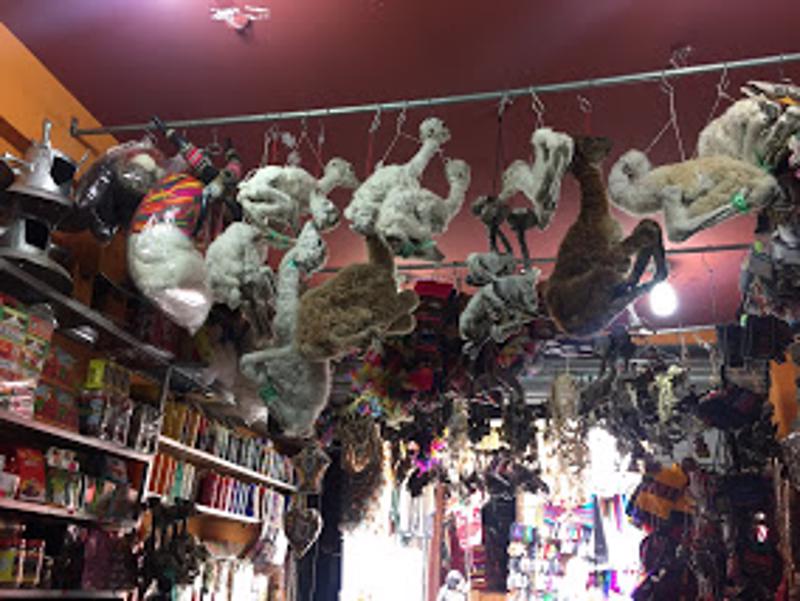
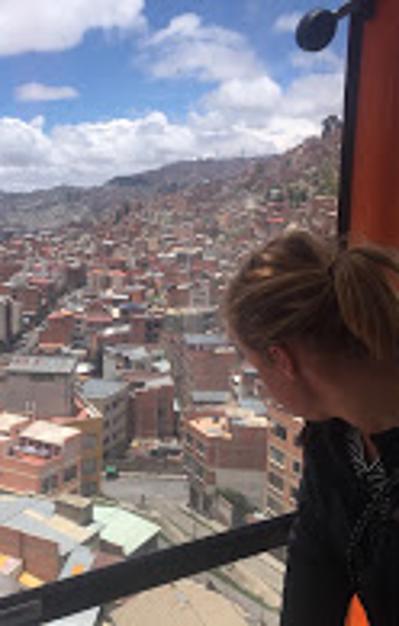
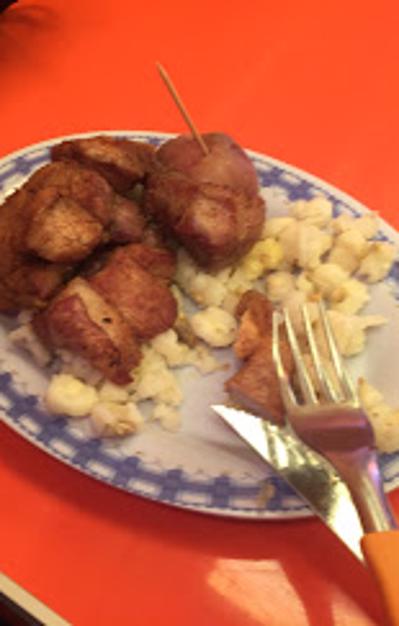
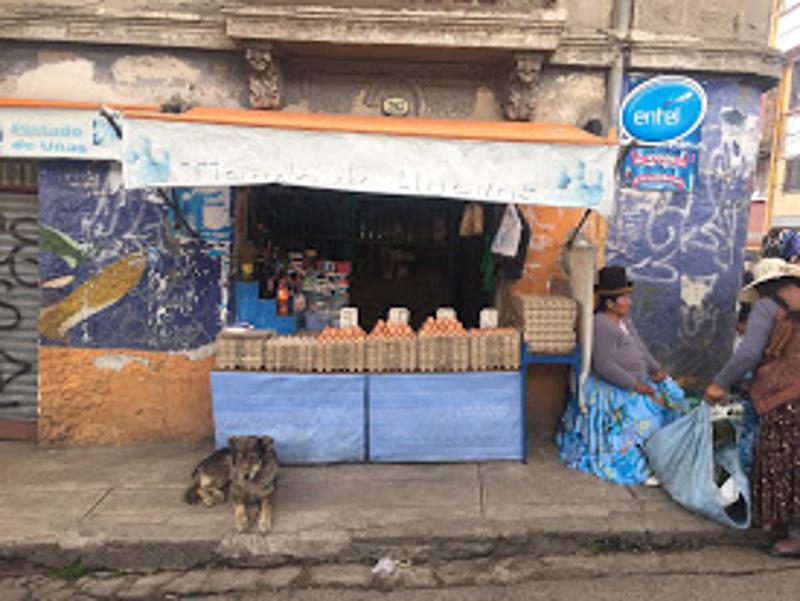
1.
The adventure ahead...
2.
In the beginning...
3.
And so the fun begins...
4.
Five Aussies in PDC...
5.
Lobster Galore...
6.
Grand Final ready...
7.
Killer Caves
8.
Unforgetable Antigua...
9.
Gettin' our locks off!
10.
We need a doctor...
11.
A stop over...
12.
An epic adventure...
13.
Oh, to fly like a bird
14.
A national gem...
15.
Moving forward...
16.
A fancy airport hotel
17.
Mr Attenborough did not lie, absolutely magical
18.
Like staying with family
19.
Amazing Amazon
20.
The Talent
21.
Markets, coffee and bagels
22.
All that flies
23.
Aussie Christmas in Cuenca
24.
Another hike, another detour
25.
On the road again... and again... and again
26.
The most breathtaking hike yet...
27.
A rainy hike with familar faces
28.
A giant unexplored city
29.
Functioning at new heights
30.
Hiking like the Inkas
31.
A necessary rest
32.
Living the floating island life
33.
The city of canyons and pizza
34.
Salt and Mirrors
35.
Tourists and atm lines
36.
Parks and wine
37.
We're not Hippies, we're Happies
38.
Super bowling
39.
Unexpected national park beauty
40.
Yep, thats right, we just climbed an ACTIVE volcano...
41.
The wrath of the I P A
42.
Our first taste of Patagonia
43.
El Chalten out of 10
44.
And that's just the tip of the iceberg...
45.
Don't cry for me Argentina
46.
Calling all travel gods...
47.
Marcia the Redeemer
48.
Reunited...
49.
Adventures with friends
50.
A hidden community with immense charm
51.
Beach bums
52.
The Final Four, what dreams are made of...
53.
Vegas baby
54.
The end of an epic adventure...
Share your travel adventures like this!
Create your own travel blog in one step
Share with friends and family to follow your journey
Easy set up, no technical knowledge needed and unlimited storage!